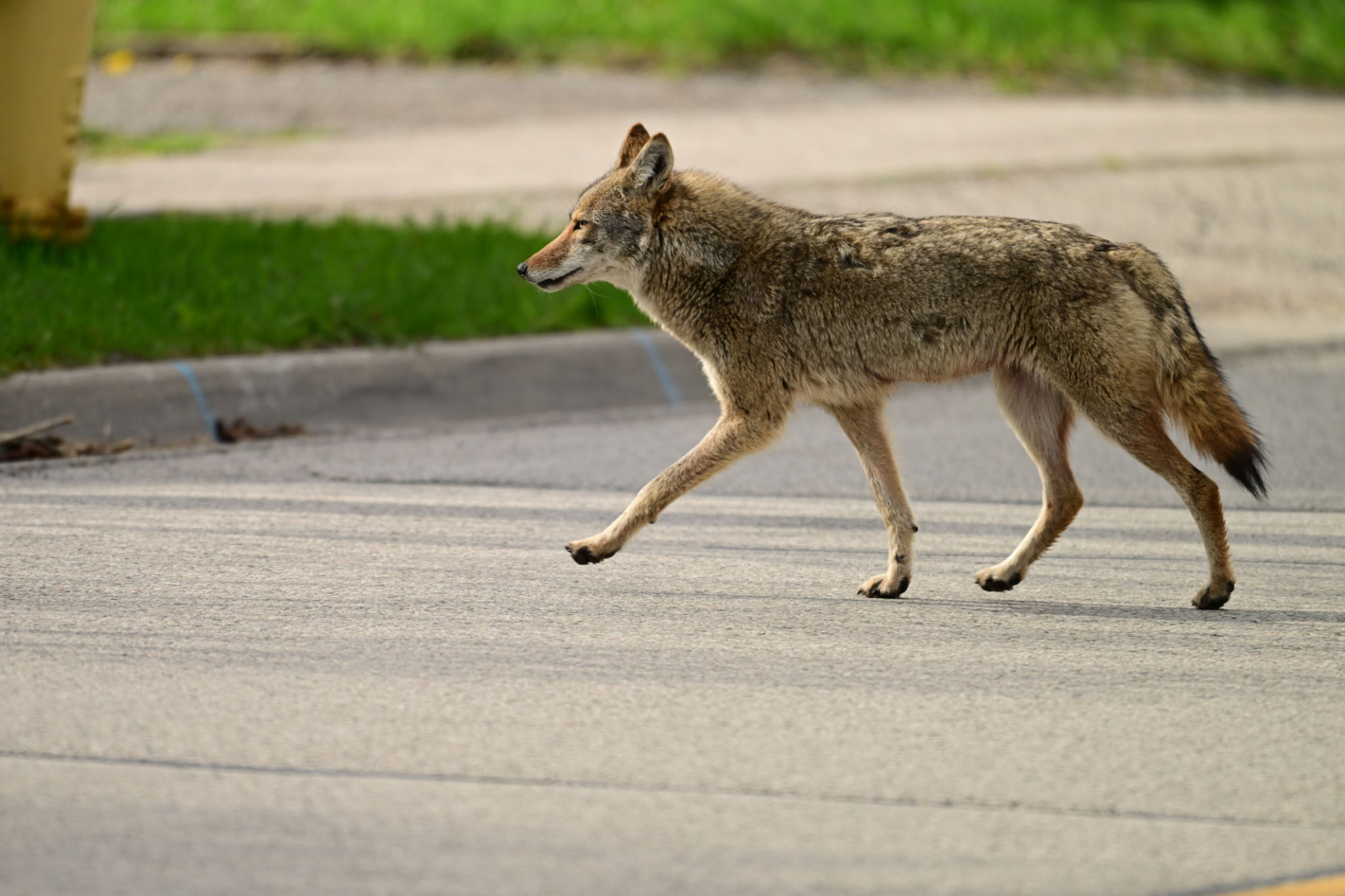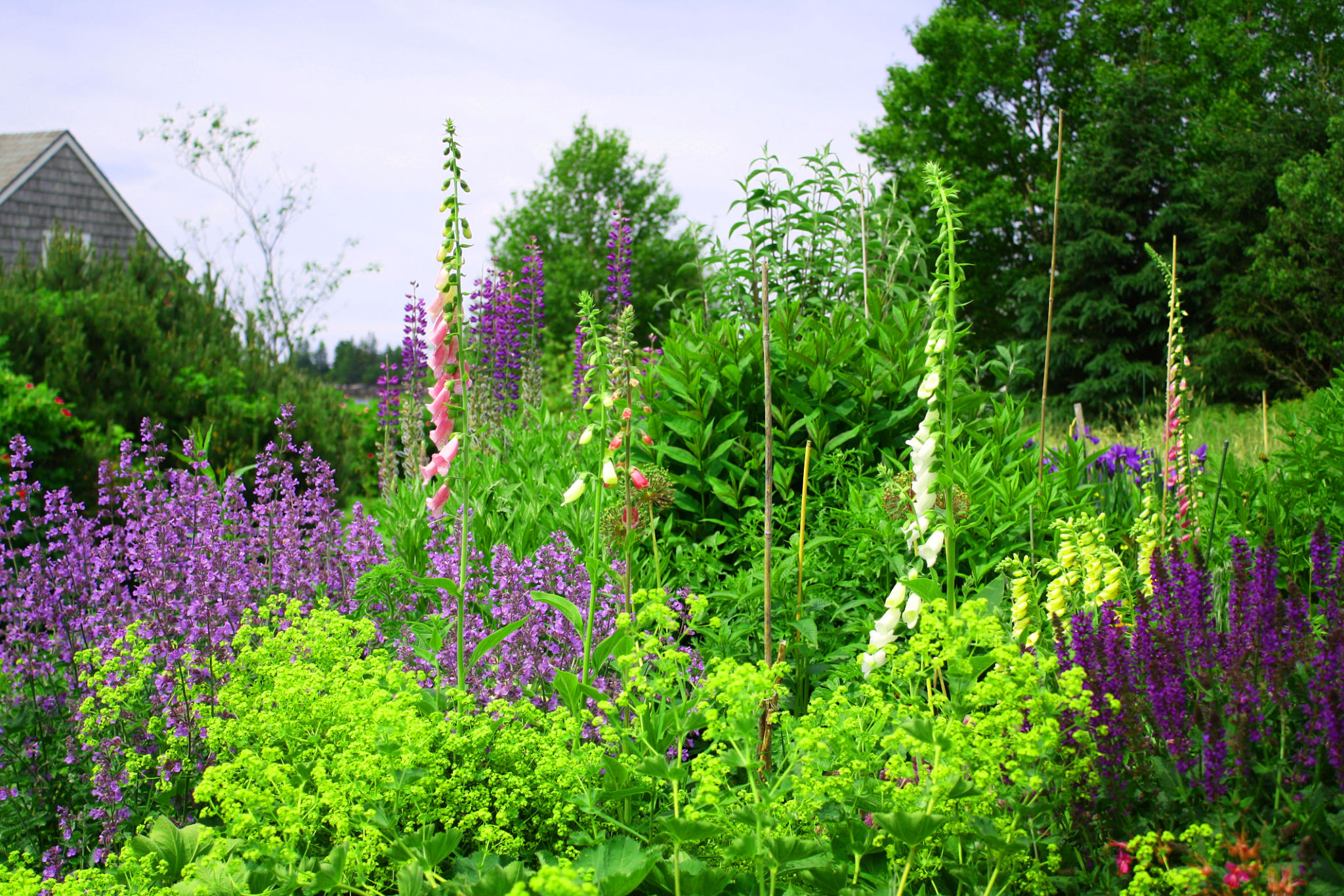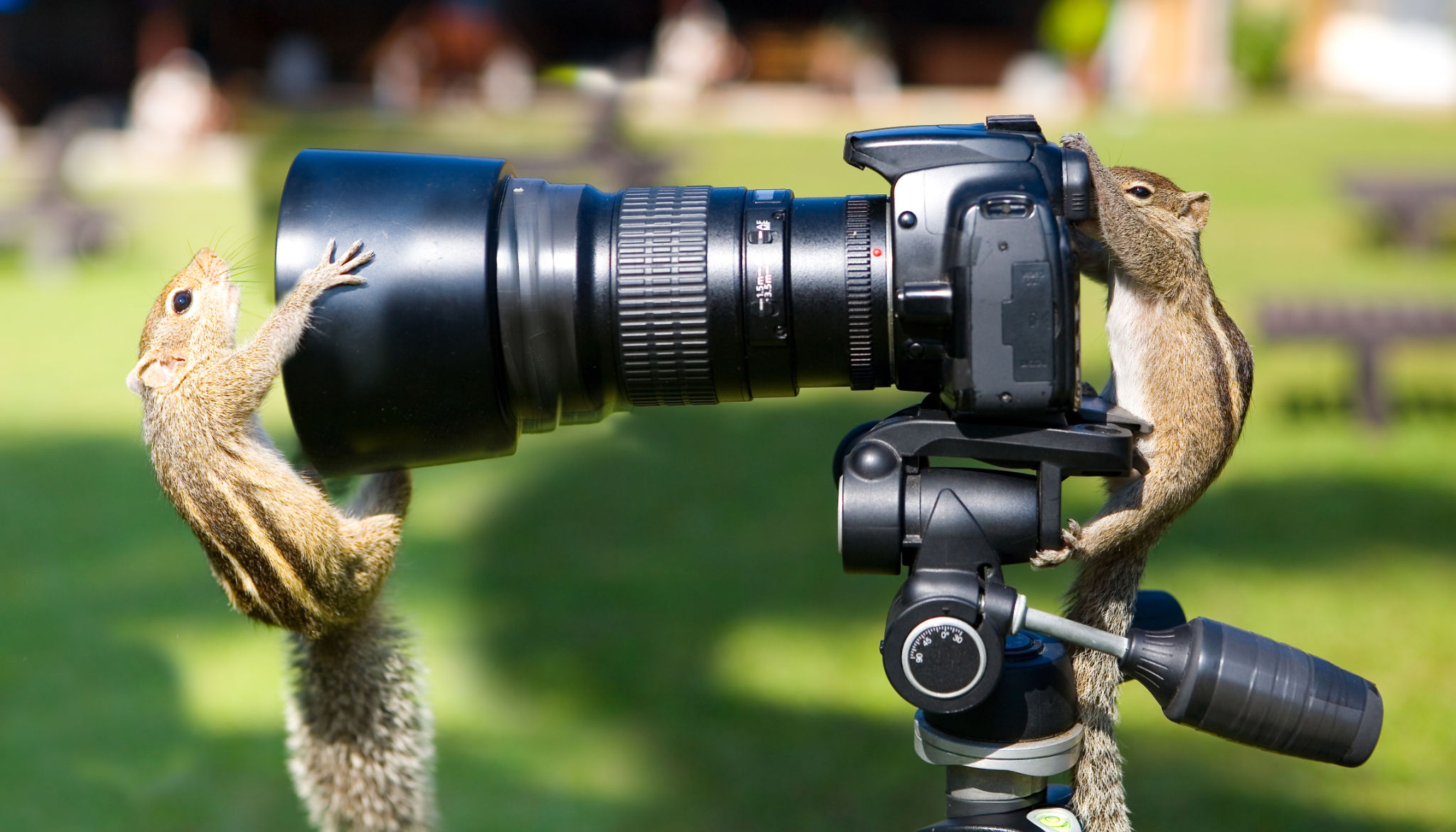Promoting Sustainable Coexistence: How Communities Can Live Harmoniously with Wildlife
Understanding the Importance of Sustainable Coexistence
As urban areas continue to expand, the interaction between humans and wildlife becomes inevitable. Promoting sustainable coexistence is crucial not only for the preservation of nature but also for maintaining ecological balance. Communities worldwide are increasingly recognizing the importance of living harmoniously with wildlife, ensuring that both humans and animals can thrive.
One of the key aspects of sustainable coexistence is acknowledging the intrinsic value of wildlife. Animals contribute significantly to biodiversity, which is essential for healthy ecosystems. By fostering an understanding and appreciation of wildlife, communities can take proactive steps to protect these vital resources.

Creating Wildlife-Friendly Communities
Developing wildlife-friendly environments within communities is a practical approach to promoting sustainable coexistence. This can be achieved through thoughtful urban planning and community-driven initiatives. By implementing certain measures, neighborhoods can become safer and more welcoming for various species.
For instance, installing wildlife corridors in urban areas allows animals to move safely across human-dominated landscapes. These corridors help reduce the risk of road accidents and habitat fragmentation, ultimately supporting the survival of local species.

Encouraging Native Plant Growth
Another effective method is encouraging the growth of native plants. Native vegetation provides food and shelter for local wildlife, supporting a diverse array of species. Community gardens and green spaces can be designed to include native plants, fostering an environment that sustains both humans and animals.
Additionally, reducing the use of pesticides and chemicals in gardening practices helps protect pollinators and other beneficial wildlife. By embracing natural landscaping methods, communities can enhance their local ecosystems while enjoying beautiful, sustainable green spaces.

Education and Community Involvement
Education plays a crucial role in promoting sustainable coexistence with wildlife. By raising awareness about the challenges and benefits of living alongside wildlife, communities can foster a culture of coexistence and conservation.
Workshops, seminars, and community events can provide valuable information on topics such as responsible waste management, wildlife observation etiquette, and conflict resolution strategies. Engaging community members in educational initiatives empowers them to make informed decisions that positively impact local wildlife populations.
Collaborative Conservation Efforts
Collaborative efforts between citizens, local governments, and conservation organizations can create impactful change. By forming partnerships, communities can access resources and expertise needed to implement effective wildlife conservation strategies.
- Participating in citizen science projects to monitor local wildlife populations
- Supporting local conservation programs and initiatives
- Advocating for policies that protect natural habitats

The Role of Technology in Wildlife Conservation
Technology offers innovative solutions for promoting sustainable coexistence with wildlife. From GPS tracking devices that monitor animal movements to mobile apps that report wildlife sightings, technology can enhance our understanding of animal behavior and support conservation efforts.
Moreover, remote sensing technologies and drones can be used to survey habitats and track changes in land use, enabling more informed decision-making for habitat preservation. By leveraging technology, communities can gain valuable insights into how best to coexist with their wild neighbors.

In conclusion, promoting sustainable coexistence with wildlife requires a multifaceted approach involving community effort, education, and technological innovation. By creating wildlife-friendly environments and fostering a culture of conservation, communities can ensure a harmonious relationship with the natural world. Together, we can build a future where both humans and wildlife thrive side by side.